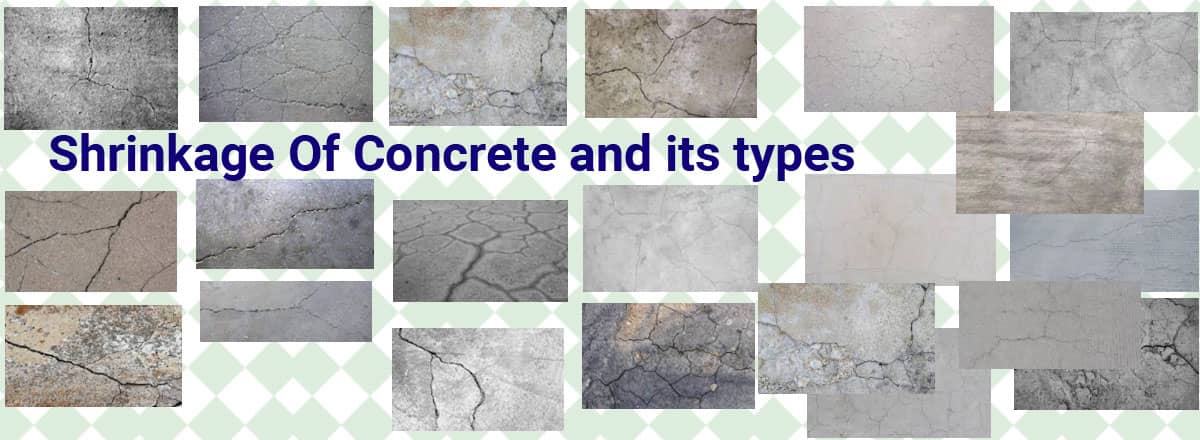Shrinkage Of Concrete and its types
What Is Shrinkage Of Concrete?
The volumetric changes of concrete structures thanks to the loss of moisture by evaporation are referred to as concrete shrinkage or shrinkage of concrete. it's a time-dependent deformation which reduces the quantity of concrete without the impact of external forces.
Types of Shrinkage Of Concrete
Plastic Shrinkage
Plastic shrinkage occurs very soon after pouring the concrete within the forms. The hydration of cement leads to a discount within the volume of concrete thanks to evaporation from the surface of concrete, which results in cracking.
Drying Shrinkage
The shrinkage that appears after the setting and hardening of the concrete mixture thanks to loss of capillary water is understood as drying shrinkage. Drying shrinkage generally occurs within the first few months and reduces with time.
Carbonation Shrinkage
Carbonation shrinkage occurs thanks to the reaction of CO2 (Co2) with the hydrated cement minerals, carbonating Ca(Oh)2 to CaCo3. The carbonation slowly penetrates the outer surface of the concrete. this sort of shrinkage mainly occurs at medium humidities and leads to increased strength and reduced permeability.
Autogenous shrinkage
Autogenous shrinkage occurs thanks to no moisture movement from concrete paste under constant temperature. it's a minor problem of concrete and may be ignored.
Factors Affecting Shrinkage Of Concrete
- Water-Cement Ratio
- Environmental Condition
- Time
- sort of Aggregate
- Admixtures

